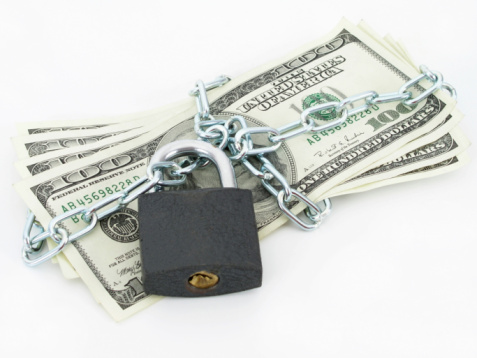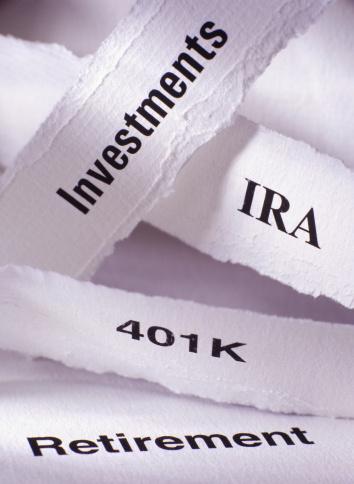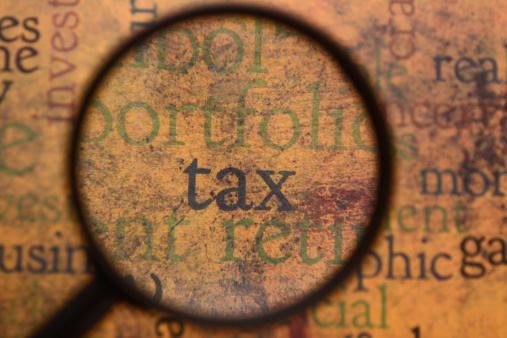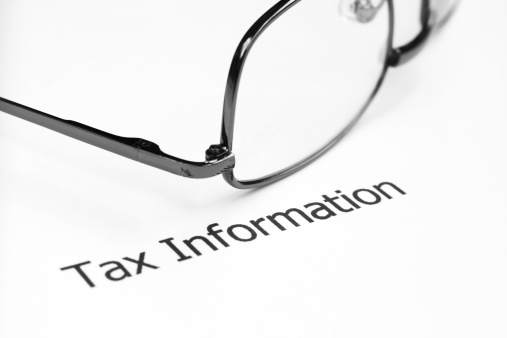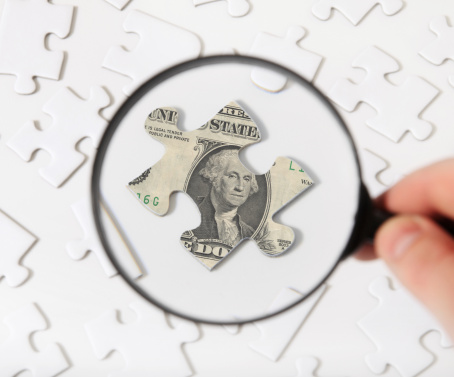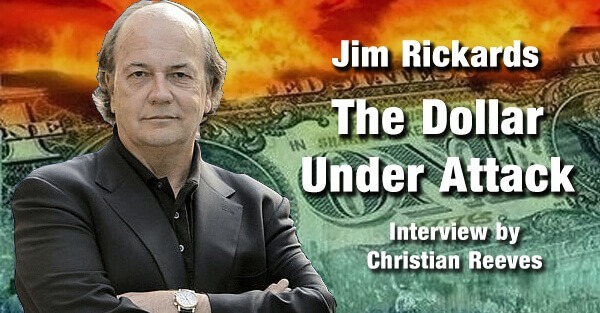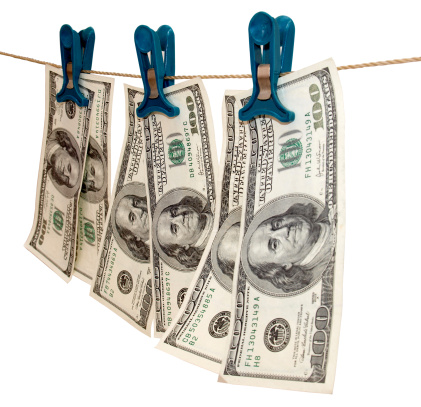Why the Dollar Will Fail
With Russia and France working hard to push the U.S. dollar from its perch as the world’s currency, there is the risk of a major revolution of the dollar. While it might not result in a total collapse, most experts agree that the U.S. dollar will be devalued by 11% to 45%. Here’s why the dollar will fail and take your retirement account down with it.
First, let’s talk about France. The U.S. has pushed this nation, and the European Union, way too far. We’ll pay for this impudence soon. Here’s why America recently levied a $9 billion dollar fine on France’s BNP Paribas bank for engaging in transactions with the country of Sudan while the United States had issued sanctions against that country.
While you might think, ok, they paid a fine because they violated the law by doing business with Sudan, that’s what they get. Well, France and the EU had no sanctions or problems with Sudan. It was only the United States who had that country on its hit list. Also, the transactions that BNP Paribas did with Sudan had no connection to the United States. No U.S. goods were sold or transferred, no U.S. persons were involved, and no business was transacted through an office or branch in the United States. The trades involved were between a bank in France and the country of Sudan… again, there were no limitations in France or the EU on doing business with Sudan… only the U.S. had these regulations.
So, why did the U.S. claim authority over the transactions and the bank? What gave Uncle Sam the right to fine a bank for something that had no connection to the United States? What made America the ultimate arbiter of ethics and business practices?
The contracts between the bank and Sudan used the United States dollar as the transactional currency. That’s right, the only connection between the U.S. and the trades at issue was that the price was listed in USD. The United States claims it has the authority to regulate any transaction completed or denominated in USD, and therefore has the right to fine BNP Paribas for entering in to a contract with a prohibited country.
Of course, the country of France has come out strongly against this attack on their financial sovereignty by the United States. They issued a number of regulations and press releases pushing to remove the United States dollar as the transactional currency in their banking and international trades.
Such a change, especially if adopted by the entire EU, could result in the U.S. dollar failing. Removing trillions in demand for dollars from the system will send our currency spiraling. Even if the results aren’t catastrophic, they certainly will mean a realignment of the U.S. dollar and a significant devaluation of your investments, retirement accounts, and other assets held in dollars.
* For more on this story, please check out www.premieroffshore.com or The Financial Times.
Before moving on to Russia, I would like to say that, you don’t need to believe in a catastrophic system failure to think that the dollar will fail or slip. It is possible that the system will continue on without our dollars, but will look very different.
If you are like me, and believe that a significant realignment is (at least) possible, then you should consider diversifying out of the United States and out of the U.S. dollar. This might mean moving your IRA offshore, holding currencies other than the dollar, buying real estate or other assets, and purchasing gold as a hedge against inflation or devaluation.
Ok, now on to Russia who is really pushing against the U.S. dollar (petrodollar). Here’s why Russia could threaten your retirement in 2015. If you follow world events, you know the path Russia is on. I don’t think it will surprise anyone that, with the dollar on the ropes, Russia will be happy to push it over and is leading the effort to replace it as the world’s reserve currency.
Let’s start by noting that the economic power of the United States is based on its being the reserve currency of the world. This status is largely due to its being the ONLY currency with which oil trades may be conducted in… which is why we call it the petrodollar.
* Many claim the primary reason for the Iraq war was that Iraq began denominating its oil transactions in euros. I don’t know about that, but it was just a few months later that the U.S. went in.
In to this landscape comes a reinvigorated Russia. They are demanding to denominate their natural gas contracts with Europe in a petroruble or petroeuro. Today, all gas contacts are priced in dollars.
If successful, Russia will effectively decouple all of its trade from the dollar… which again amounts to trillions in demand. For example, trade in hydrocarbons alone is $1 trillion. Removing Russia from the petrodollar, and thus the dollar, will reduce the demand for dollars and, once countries like France see weakness in America and its control over world transactions, you can be assured that they will follow.
And such a decoupling doesn’t need the EU to succeed. If Russia and its group of nations (BRICS) dumped the dollar, it would completely cripple our currency. These countries currently account for tens of trillions of dollars of demand and could start a major revaluation.
You can take steps to protect yourself from a major devaluation… or just a loss of value through realignment. I don’t know how this will all play out, but I do know that there is significant risk out there and that we need to protect against it.
For thousands of years, currencies have failed while gold has stood strong. Today is no different. I suggest that some of your holdings should be in physical gold. We can arrange this for you in Panama or Switzerland and physical gold may be owned by your retirement account or in a Panama Foundation.
We can help you move your retirement account or other savings offshore and invest in gold… or just hold a currency other than dollars. Feel free to phone or email me at info@premieroffshore.com for additional information. I have many posts on this topic at www.premieroffshore.com.





